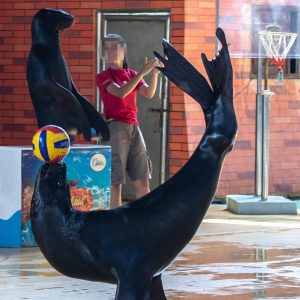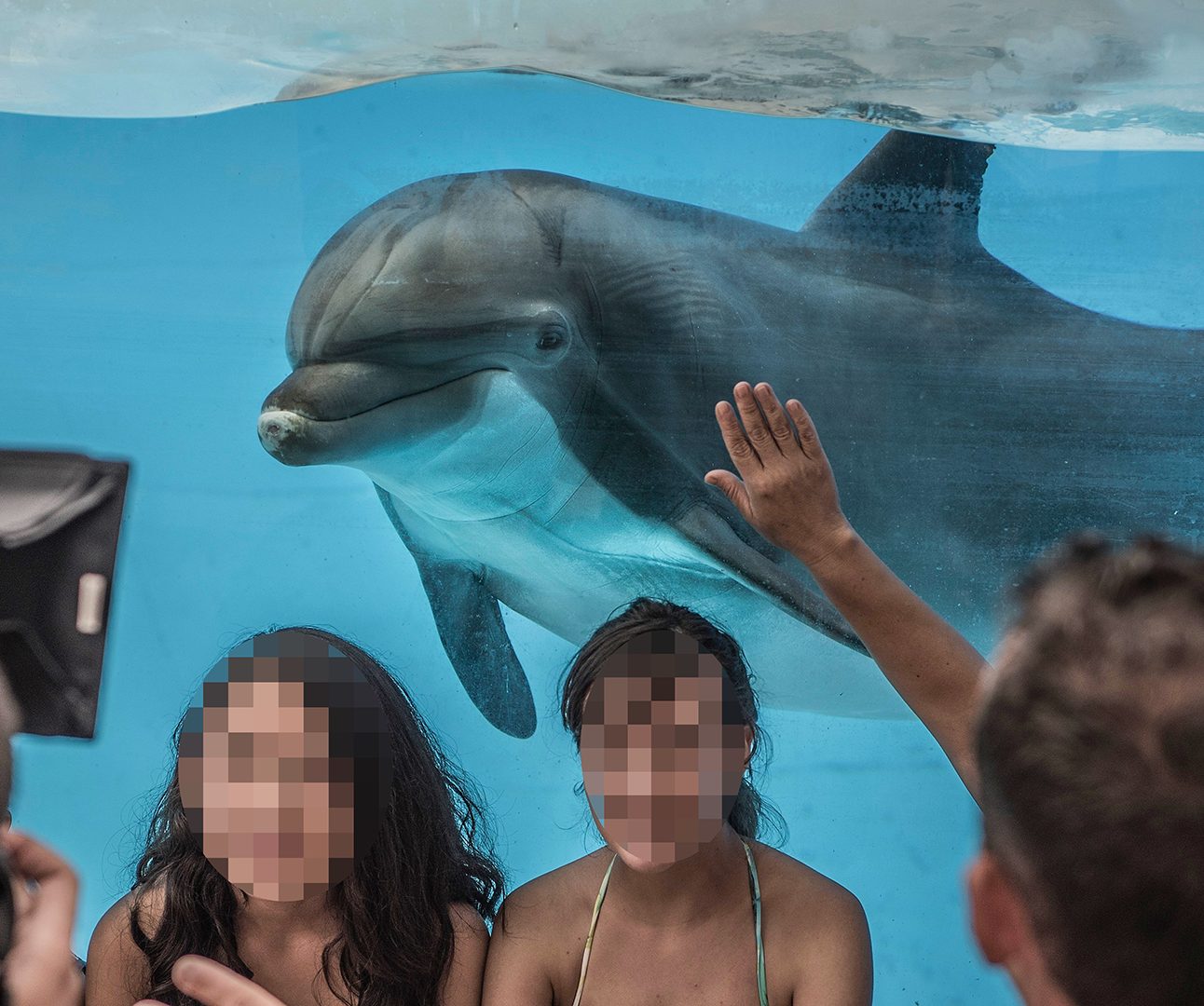What to Look Out For: Circuses & Performing Animals
Hundreds of thousands of wild animals are used in circuses or shows worldwide. While it is easy to recognise the exploitation of animals forced to stand on their heads, walk on stilts or jump through flaming hoops, problems with other activities such as elephants painting pictures, dolphins whistling a tune, eagles flying between podiums, or sea lions clapping their flippers may not be so obvious.
Any activity where an animal is forced to perform an action or behaviour on demand has to be trained. In wild animals, this can be stressful and, in many cases, abusive.
 WHAT TO LOOK OUT FOR
WHAT TO LOOK OUT FOR
- Does your hotel have entertainment that involves captive wild animals, such as parrots riding bicycles or magic shows?
- Have you encountered a travelling circus or a zoo using animals to perform tricks?
- Watch carefully how the animals are being treated during a show and how the animals respond or behave – are they cowering or flinching with every move of the trainer or handler?
- Does the handler use any goad, whip or tool to make the animals perform?
- Are the animals being roughly-handled or beaten if they are not co-operating?
- Can you see how the animals are kept when they are not performing – are they held in small cages or are they tethered or chained?
FURTHER INFORMATION
CIRCUSES & PERFORMING ANIMALS ANIMALS IN ENTERTAINMENT CAPTIVE ANIMALS
Have you seen worrying cases of wild animals suffering in circuses?
Submit an eyewitness report via our Raise the Red Flag platform.

SELFISH SELFIES
Born Free is campaigning for an end to Selfish Selfies – will you pledge to end this cruel practice of animal exploitation?
